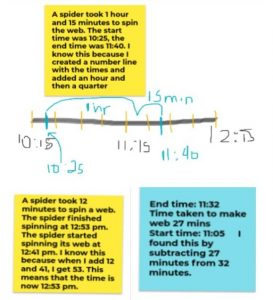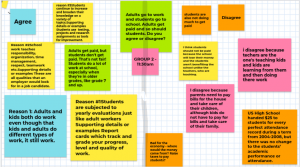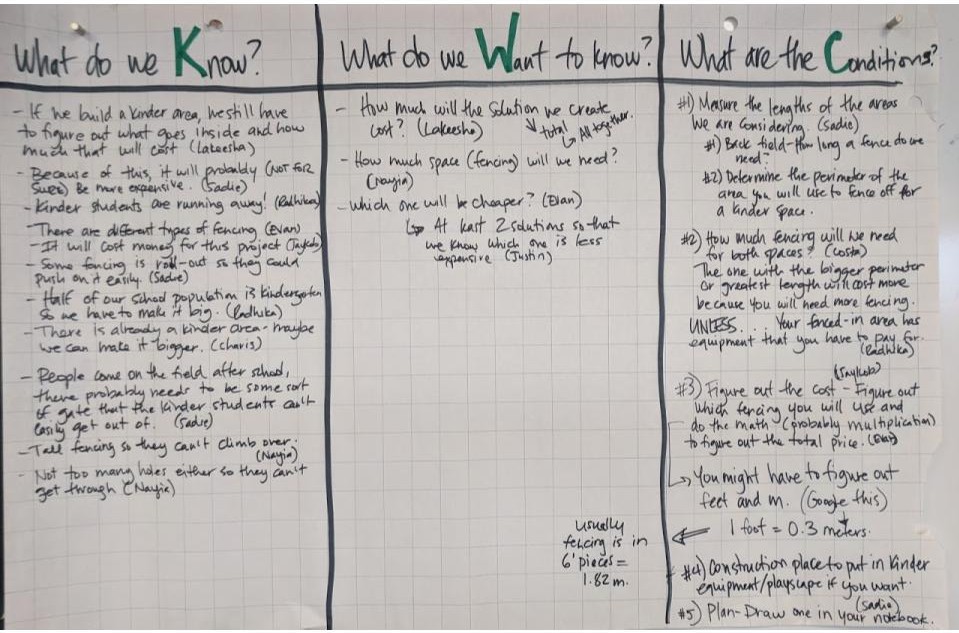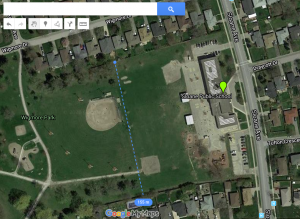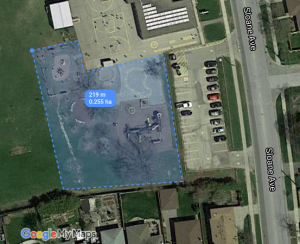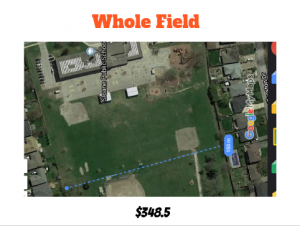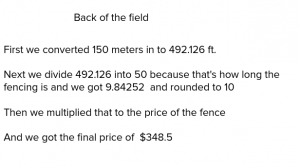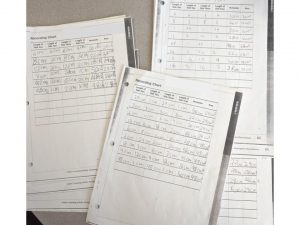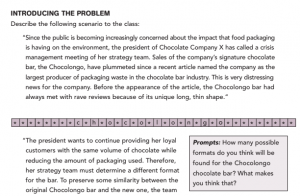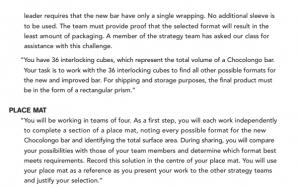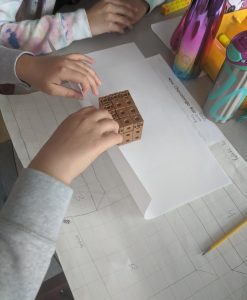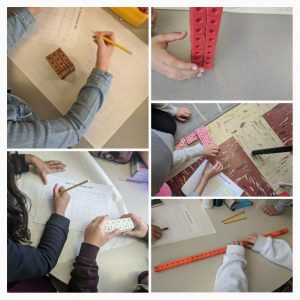One thing that I love about working in the classroom with students is collaborative learning. When a student has an “ah-ha” moment and blurts it out and another connects what is said to something else, that’s when the learning gets even more exciting. These are the moments that can’t quite be captured when we are learning, somewhat in isolation.
What I call, “Distance Learning”, is something new for all of us. Early on, I realized just how much we rely on each other in the classroom. From being able to scan faces for the need to clarify; to asking questions to check for understanding and pushing forward to extend learning, when working together in the classroom, we’re able to gauge so much more and tailor the learning to meet diverse needs. Tasks that we used to work on collaboratively can’t be done in the same way and I’ve been on the hunt for ways to bring back the spirit of collaboration to the learning we are now doing at a distance. One tool that I have found myself using more and more with students, is Jamboard.
In essence, Jamboard is a collaborative whiteboard that has sharing permissions that are the same as other Google Suite for Education tools. You don’t need an actual Jamboard to use the online or app version which is fantastic because there is no additional hardware required! In Jamboard, groups can collaborate in real-time to add pictures, text, or sticky notes to a canvas.
In my last post, I mentioned that in small groups, I have been connecting with students using Google Meet, 3 times a week. While we don’t use the video feature, it’s nice to be able to hear each other as we work through a problem or on a lesson. During these Meets, our “classroom” has used Jamboard in the following ways:
- Check-ins: On one of our Meets, when first learning to use Jamboard, we decided that it could be a cool way to check-in with each other. Students were asked to add an image that represented how they were feeling and to use a sticky note to describe how the image related to them and their feeling. Once finished, students were allowed to share what they selected – if they wanted – and we had a discussion that was clearly enhanced by the visuals that students added to the canvas. In one of the groups, there was a student who was feeling down and it was so kind of another student to add a message of encouragement near their work, which prompted a few others to follow suit. The student was so pleased to know that they had this support system even though we were far away. They thanked their peers for their kind words. I loved that the students who added positive messages didn’t add their names but truly just wanted to send their support.
- Math Problems: Many of the problems that we solve in the classroom have been group tasks. Students are often asked to think about a problem and think about what they can bring to the group to solve it. From there, they collaborate – putting their ideas together – to come up with a solution. Over the past couple of weeks, I’ve tried to see how best we can share our strategies for problem solving, particularly in Math. A couple of weeks ago, students were given a problem to solve, and then during our Meet, it was their chance to walk their peers through their solution. It was really helpful for students to see that our problem could be solved in a variety of ways. We were looking at elapsed time and our problem was: A spider took _____ minutes to spin a web. The spider finished at ___:___. What time did they start? Below you will find 3 different ways that students solved the problem.
- Once again, having the visual as students walked through the different ways that they solved the problem was so helpful. Some even added more frames to the jam to walk peers through their solutions more clearly. It was nice hearing, “That’s an easier way to solve it” or “Oh, you can use a number line for time?”. Once again, it allowed us to learn collaboratively from and with each other.
- This week, we did a KWL chart to start our unit on fractions. Students added to the first two columns – What do you KNOW? and What do you WANT to know?. As they were sharing their ideas, aloud and on sticky notes, it gave others in the group ideas of what else they might add. As a group we realized just how much we already knew and look forward to the learning for this unit. As it progresses, students will add their learning in the 3rd column.
- Language: We have been working on persuasive writing and students have been trying to convince people about whether or not students should get paid for going to school. We used a jam to capture our opinions in groups as we worked to fill in a graphic organizer. They started off by thinking about and filling in their opinion in yellow on the graphic organizer. After our Meet, they were able to get the other side’s opinion and they added those ideas to the pink side of the graphic organizer. We had plenty of arguments – and a few heated debates – on both sides which was great because it’s important to think of both sides of the argument when trying to persuade someone effectively. Students always have access to the jam so they can refer back to it as needed.
I know that this type of learning will never compare to the learning that happens in classrooms but as we try to learn at a distance, tools like Jamboard that help to keep the collaboration going, are so important. I know that there are so many other tools that educators are using, please feel free to share them in the comments below. I’m always happy to incorporate a new tool when it enhances student learning.

